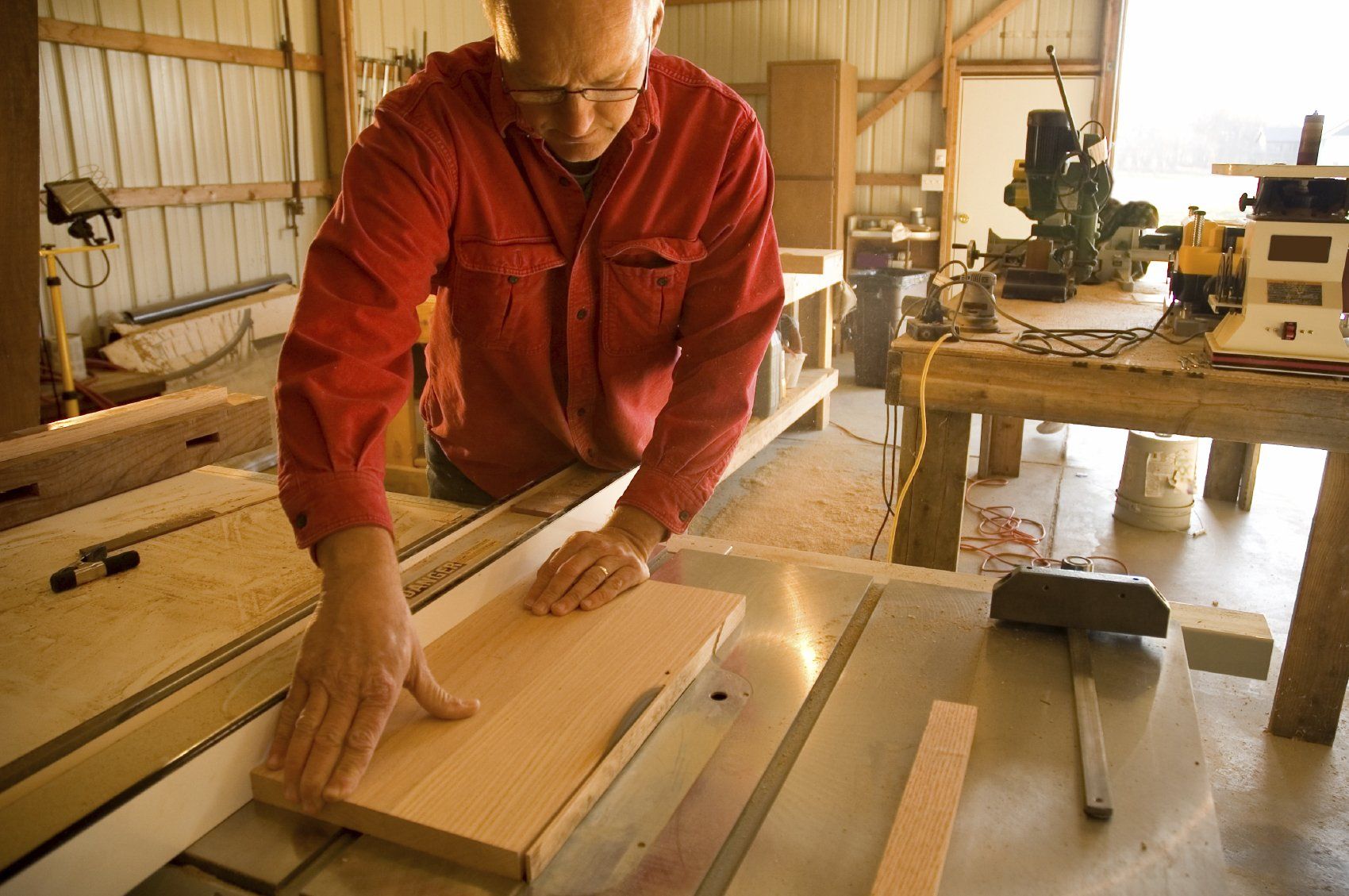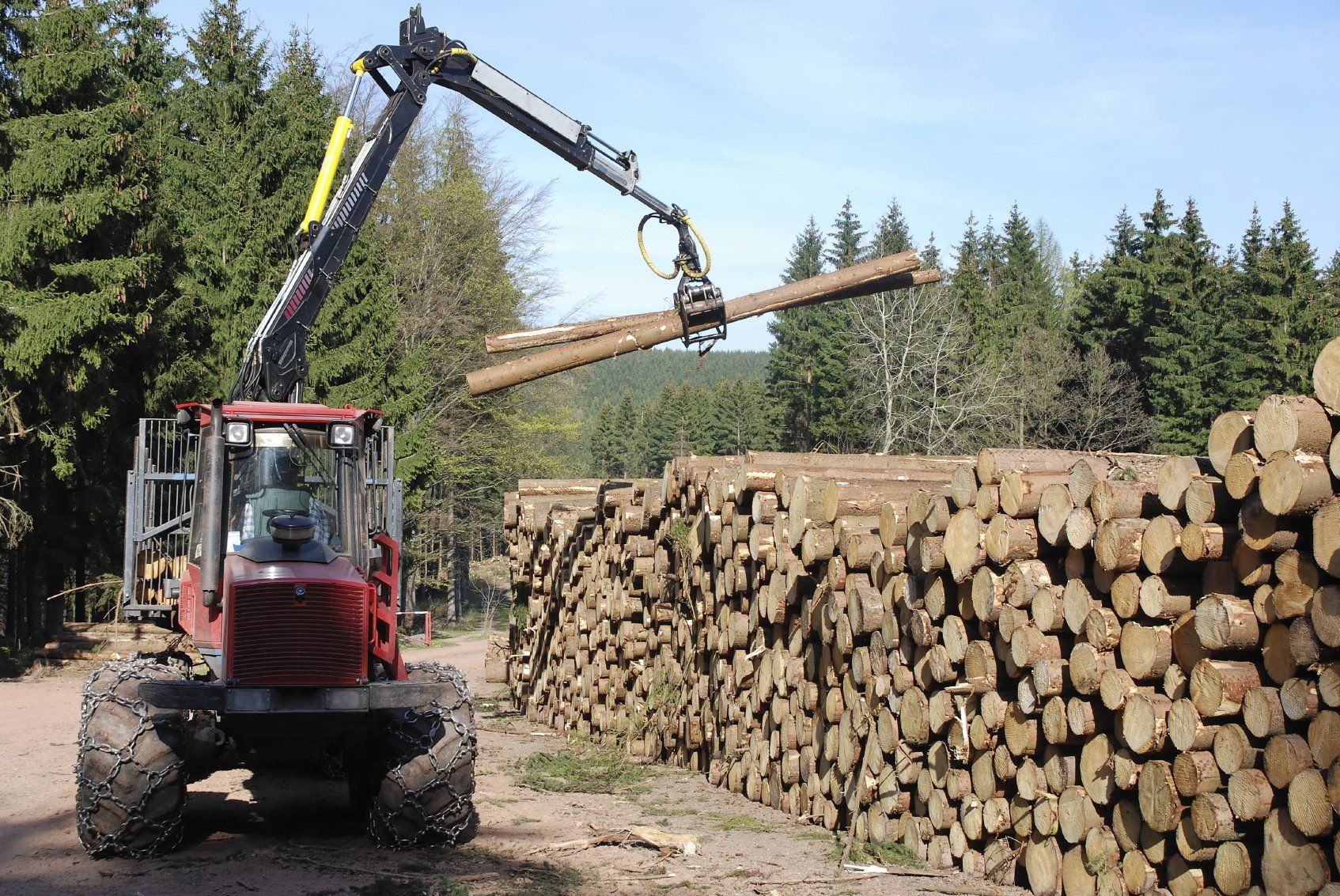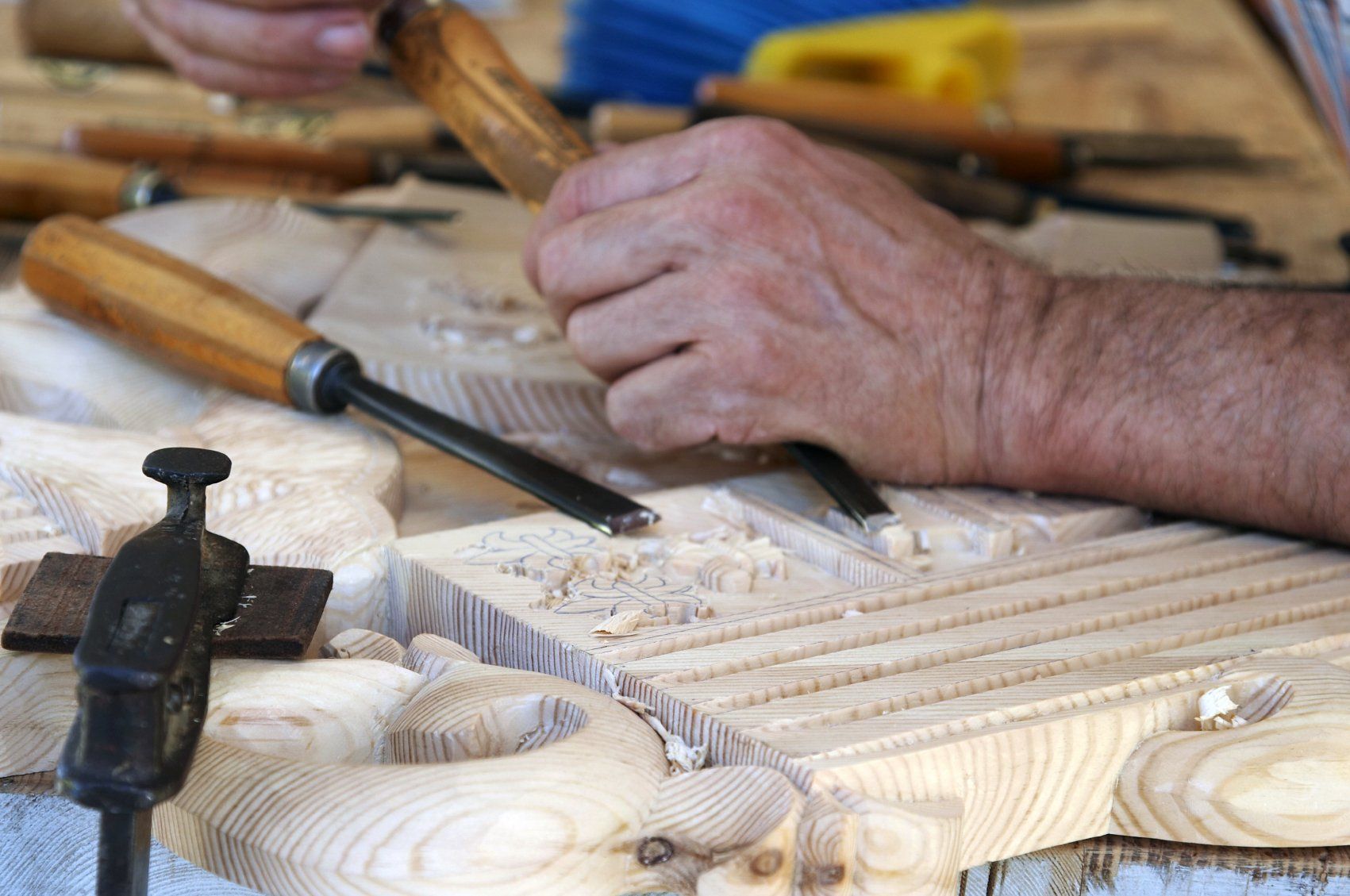Commit to Lifelong Learning
"perpetuam uitae doctrina!"
"Live as if you were to die tomorrow.
Learn as if you were to live forever." Mahatma Gandhi.

Woodworking as a Hobby
Enrich Your Life! We are here to point you in the right direction and cheer you on.
Put Woodworking into your lifelong-learning tool box! Try a woodworking hobby.
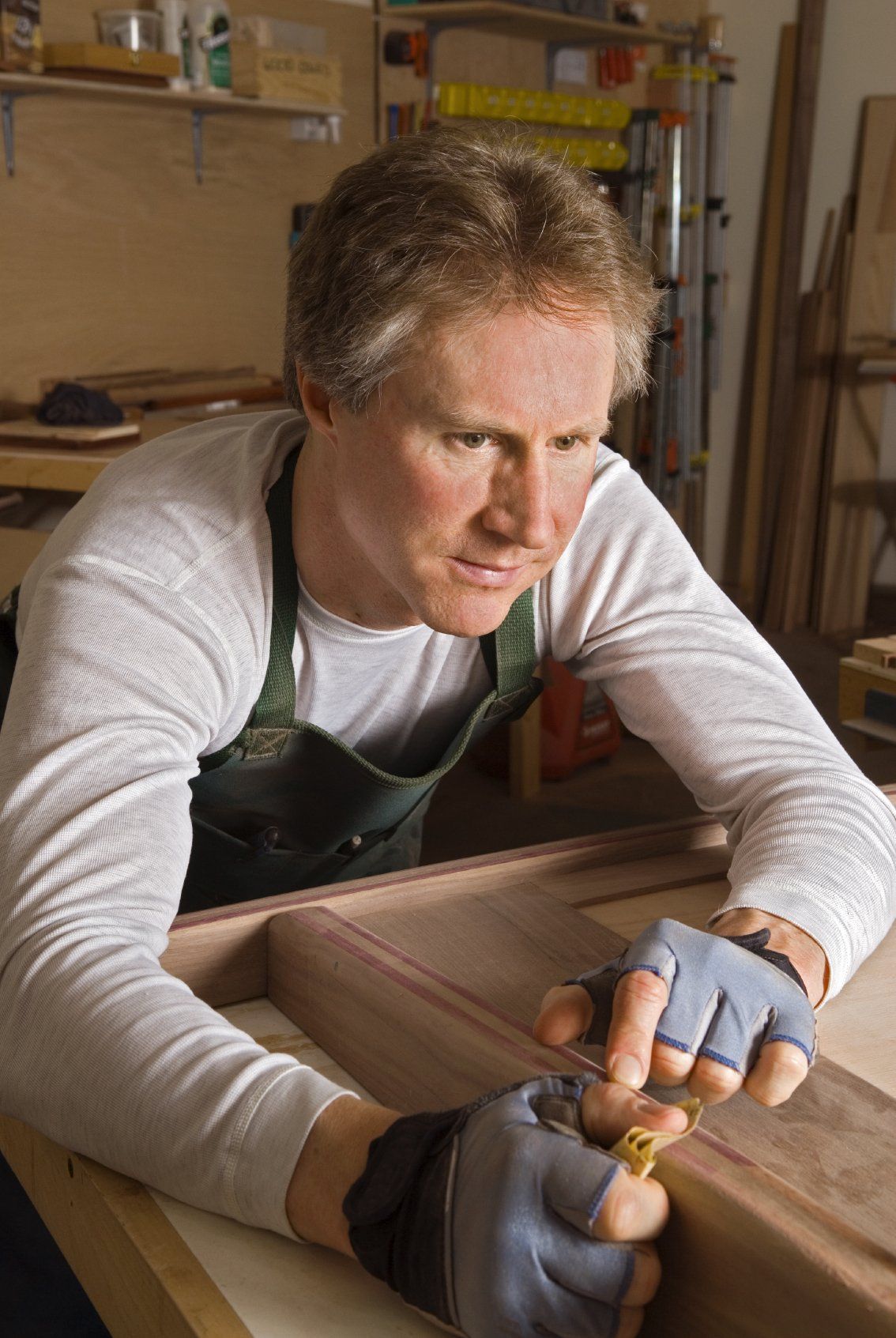


Ten Reasons to Pursue Woodworking as a Hobby
Are you looking to learn a new skill or pursue a new hobby? Woodworking is a great way to do both. Not only is woodworking a fun and creative activity, but it also helps develop various valuable skills.
Here are 10 reasons you should consider woodworking as your next hobby.
Do you want to learn a new skill and pursue a new hobby? Woodworking is an exciting and rewarding hobby that anyone can do! From the novice to the experienced woodworker, there are countless benefits to be had from woodworking.
This page will discuss 10 reasons you should pursue woodworking as a hobby. From the satisfaction of creating something with your own hands, to the relaxation of the process, you won't regret engaging in woodworking as a hobby.
Table of Contents
- It is a stress reliever
- It is therapeutic
- It improves your problem-solving skills
- It is satisfying
- It is a great way to bond with family and friends
- It is a form of art
- It can be lucrative
- It is a great way to learn new skills
- It gives you a sense of accomplishment
- It is fun
1) It is a Stress Reliever
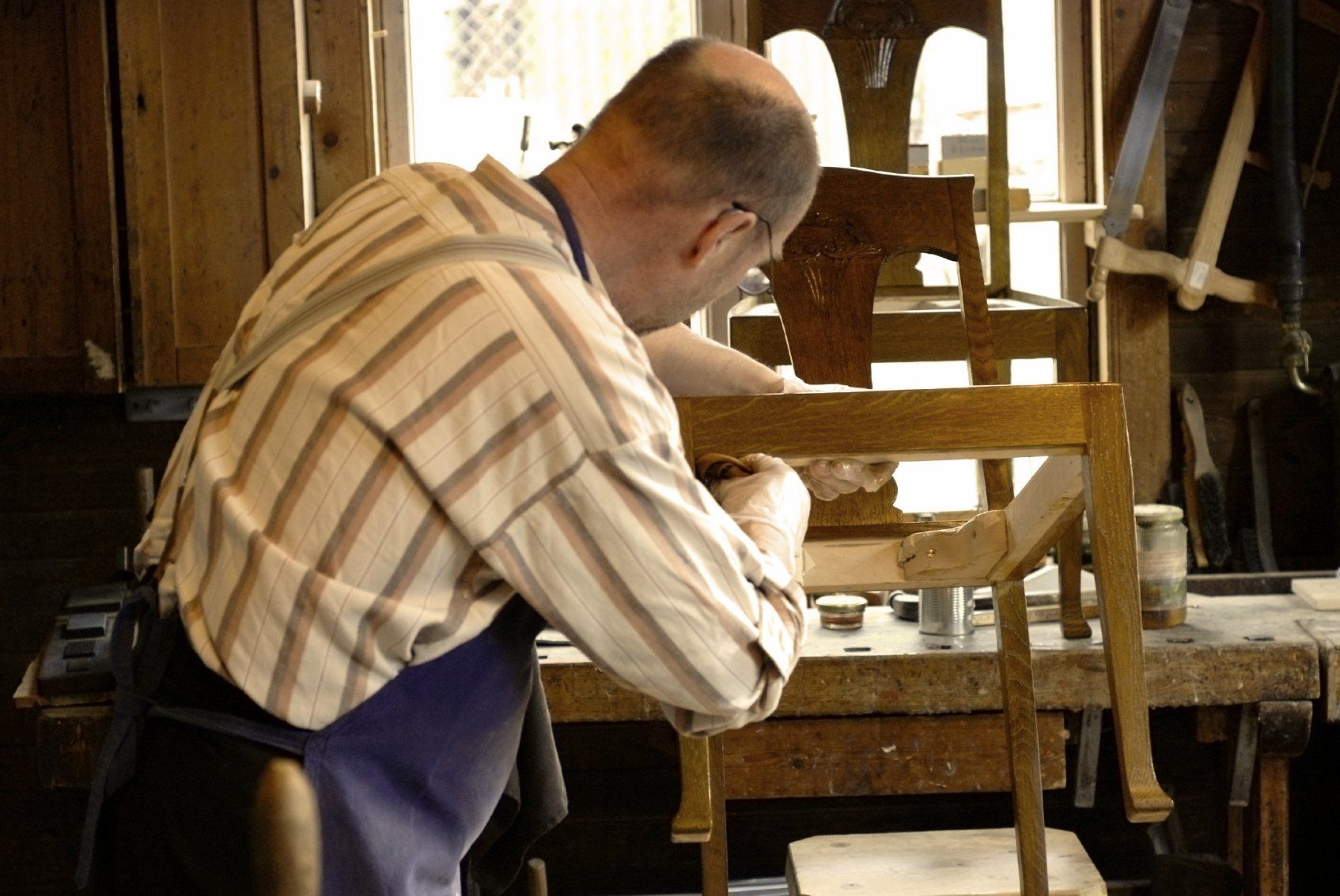
Woodworking is a great hobby for anyone looking to relax and de-stress.
Working with wood can help you disconnect from the hustle and bustle of everyday life, and allow you to take a break from the pressures of the world. It is therapeutic, and it's a great way to express your creativity.
Not only can you relax while working with wood, but you can also learn new skills such as understanding various types of wood, working with nature, and learning about lifelong learning.
You can even make money with woodworking if you decide to pursue it as a business. Plus, you'll be able to impress your friends and family with your woodworking skills!
2) It is Therapeutic
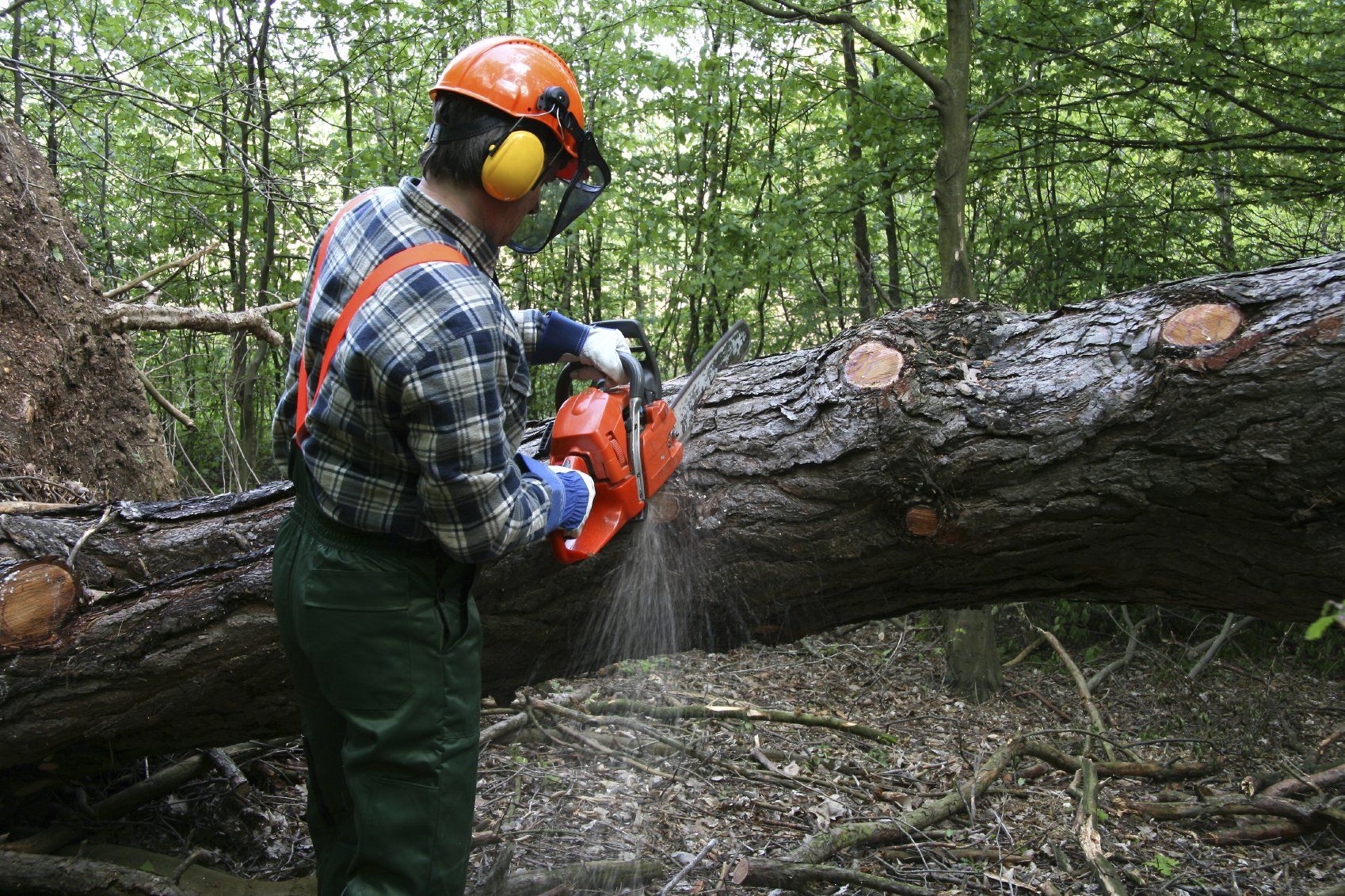
Woodworking is a great way to relieve stress and take a break from the day-to-day grind.
woodworking activities allow you to escape from the hustle and bustle of everyday life and provide an opportunity for lifelong learning. As you work with various types of wood and tools, you'll gain a better understanding of how different woods behave.
This can help you make money with woodworking by producing quality pieces that impress friends and family. Plus, it's always satisfying to see your projects come to fruition.
Working with nature is also therapeutic; the sights, smells, and sounds of working with wood can be calming and meditative. It's a great way to unwind after a long day.
3) It Improves Your Problem-solving Skills
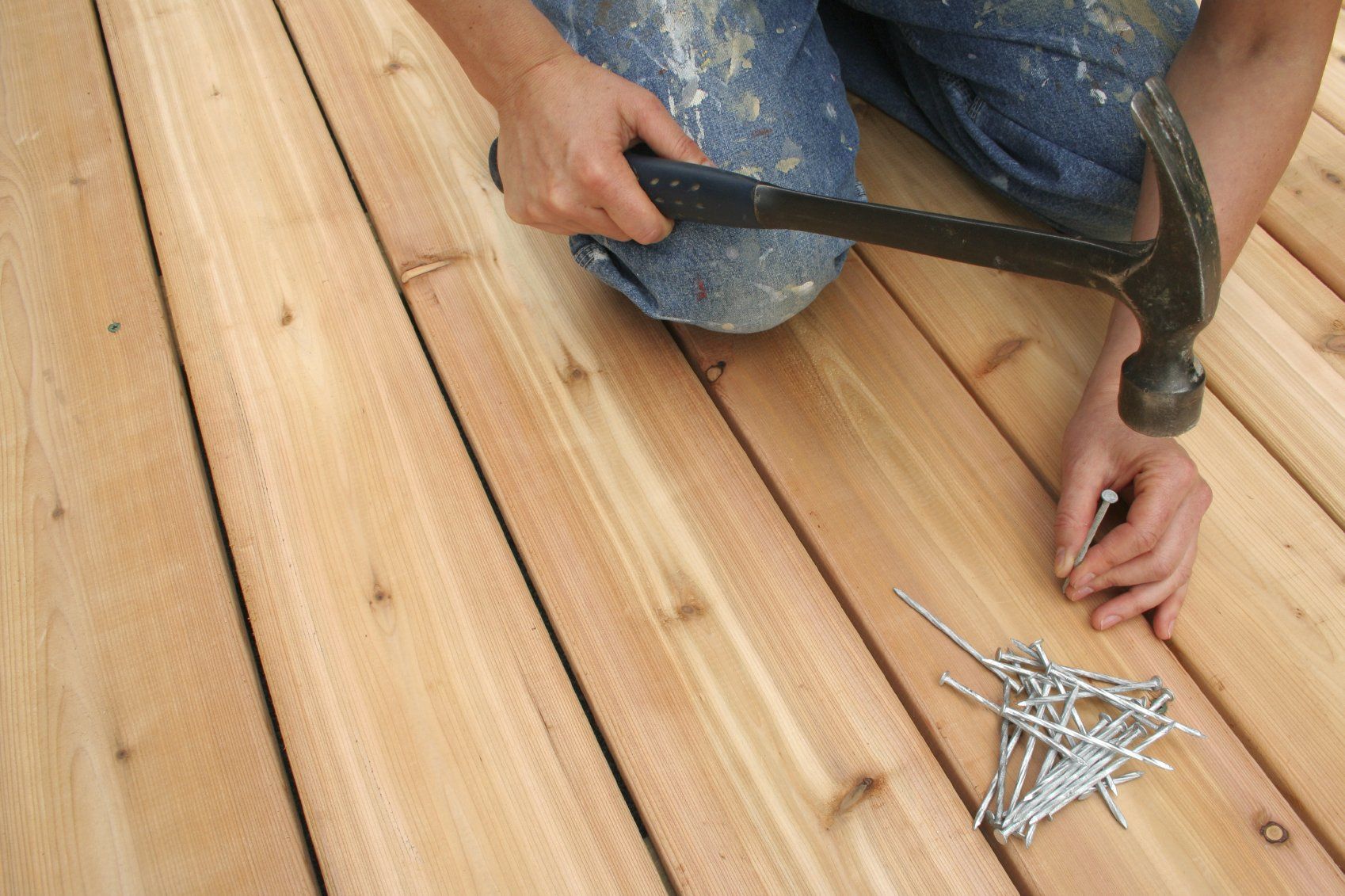
Woodworking is a great way to sharpen your problem-solving skills.
Working with wood requires patience, dedication, and the ability to think on your feet.
As you become more adept at woodworking, you’ll be able to develop solutions to new challenges quickly.
With practice, you’ll begin to understand various types of wood and how to work with nature to make beautiful pieces.
Lifelong learning is always a part of woodworking, so as you progress, you'll be able to impress your friends and family with your creations while making money with woodworking in the process.
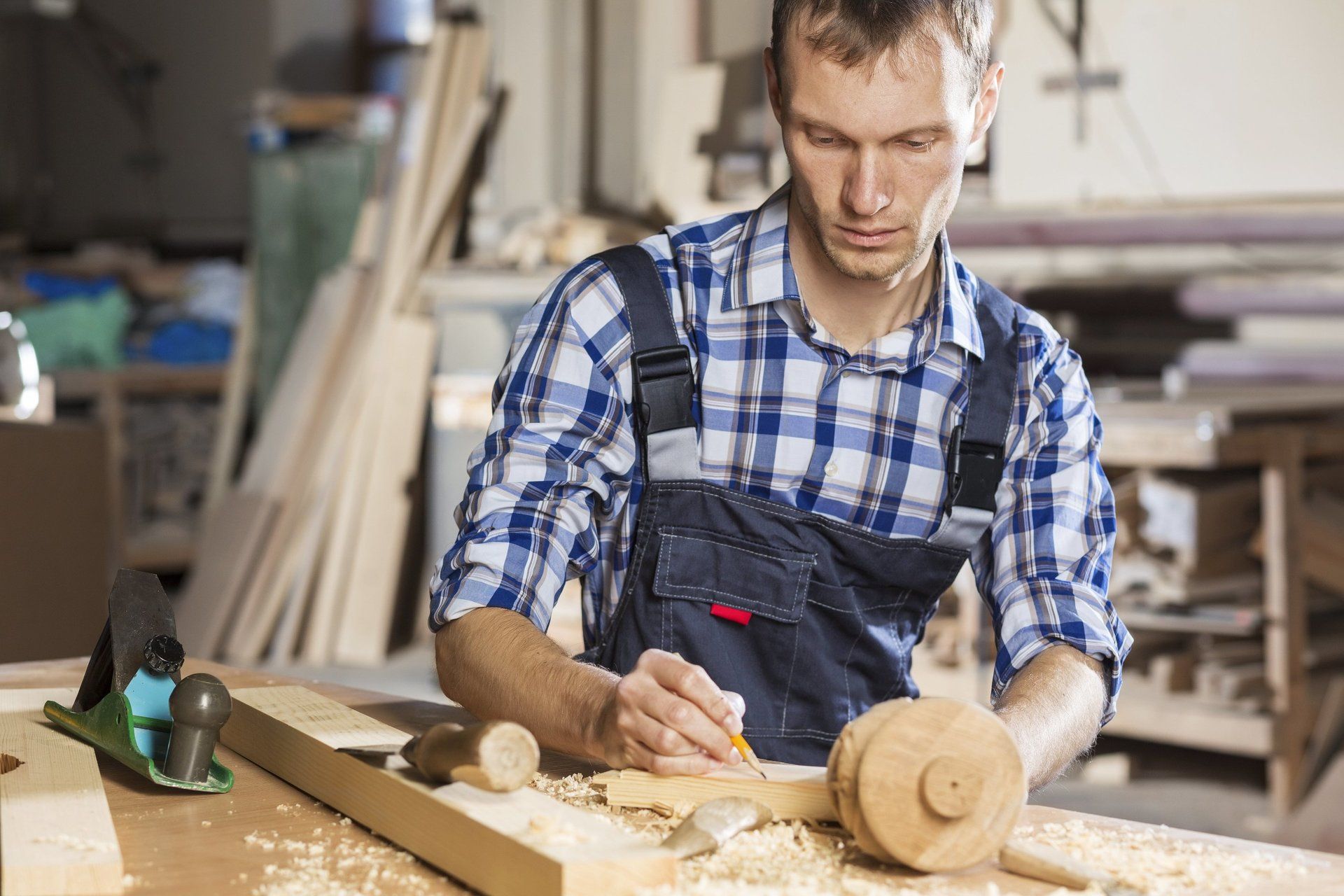
Woodworking is one of the most satisfying hobbies that you can pursue.
When you complete a project, the sense of accomplishment that you feel is tremendous.
Here you learn new skills, and might also make money with woodworking.
From creating furniture to intricate carvings, woodworking offers a wide range of possibilities that can truly impress your friends and family.
Moreover, as you learn more about woodworking, you will develop a deeper understanding of various types of wood, their characteristics, and how they work with nature.
It is also a great way to engage in lifelong learning as there is always something new to discover and create. This is why so many people find woodworking to be so satisfying.
5) It is a Great Way to Bond with Family and Friends

Woodworking is a wonderful activity that can be shared with friends and family.
It is a great way to spend time together, and it helps to build relationships.
Working with your hands in the woodshop brings a unique level of satisfaction and understanding between people.
Whether you're building a simple project or something more complex, the process of working together and seeing a project through to completion can create a deep bond between family members. Plus, woodworking provides an opportunity for lifelong learning and understanding various types of wood, allowing you to make money with woodworking or impress friends and family with the final product.
Woodworking also allows you to work with nature, by creating beautiful items out of raw materials. So why not share this experience with loved ones, and enjoy the time you spend together?
6) It is a Form of Art
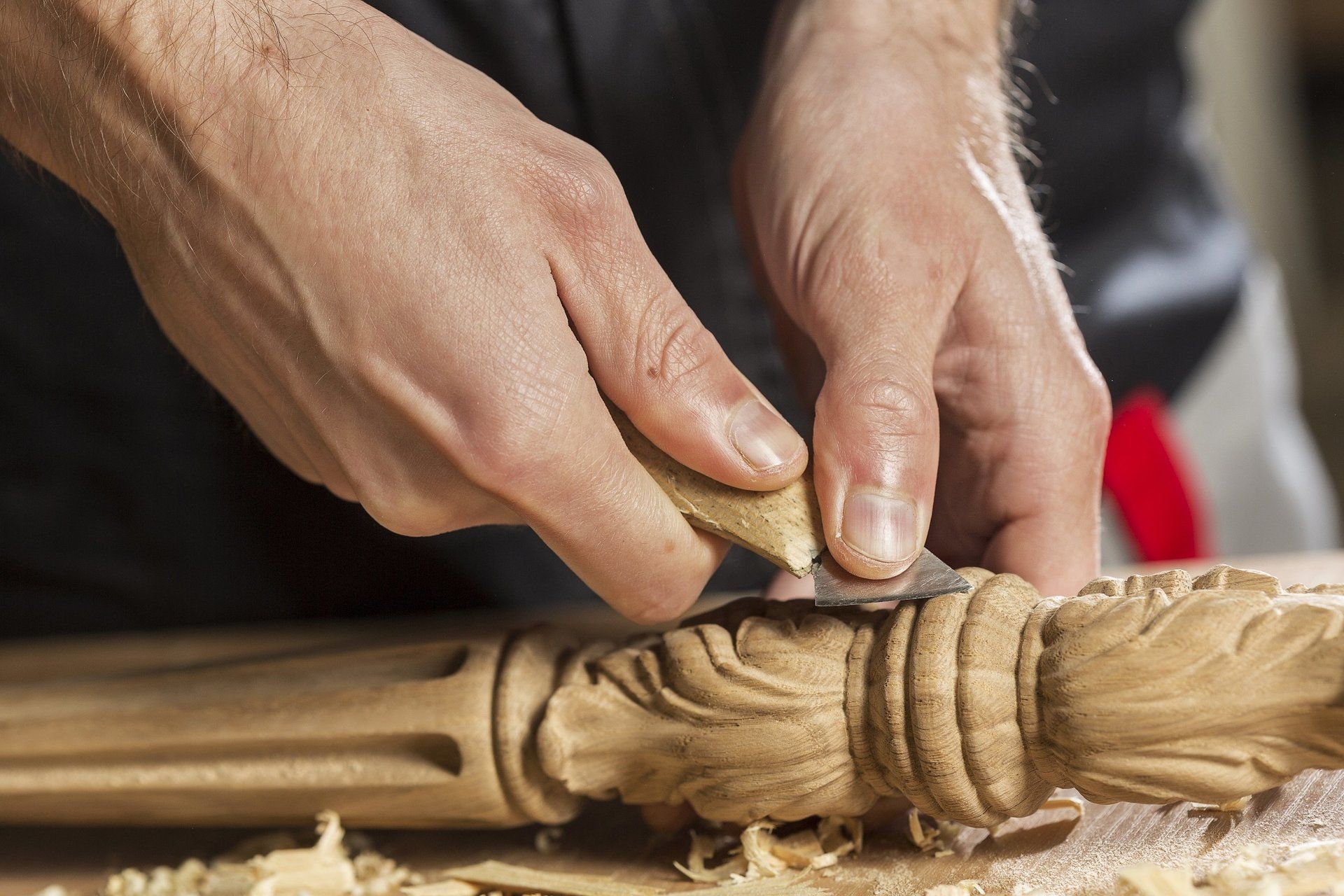
Woodworking is an art form that has been around for centuries and can be used to create beautiful and practical works of art. For many, it's a great way to express their creativity and craftsmanship.
In addition to your ability to generate income from woodworking, this activity can also be a great way to impress friends and family.
With woodworking, you can understand various types of wood and how to use them to create works of art that are unique and beautiful.
Working with nature and creating something tangible is also a great way to engage in lifelong learning.
Woodworking allows you to tap into your creative side and make something that will last for generations to come.
7) It Can be Lucrative

Woodworking is a great way to make money. If you’re looking to become an expert in your craft and impress friends and family with unique pieces, you can make money with woodworking.
Through lifelong learning, you’ll understand various types of wood, learn to work with nature and create beautiful pieces to sell.
Whether you start a business or simply offer custom pieces to people in your area, you can make a steady income with woodworking.
8) It is a Great Way to Learn New Skills
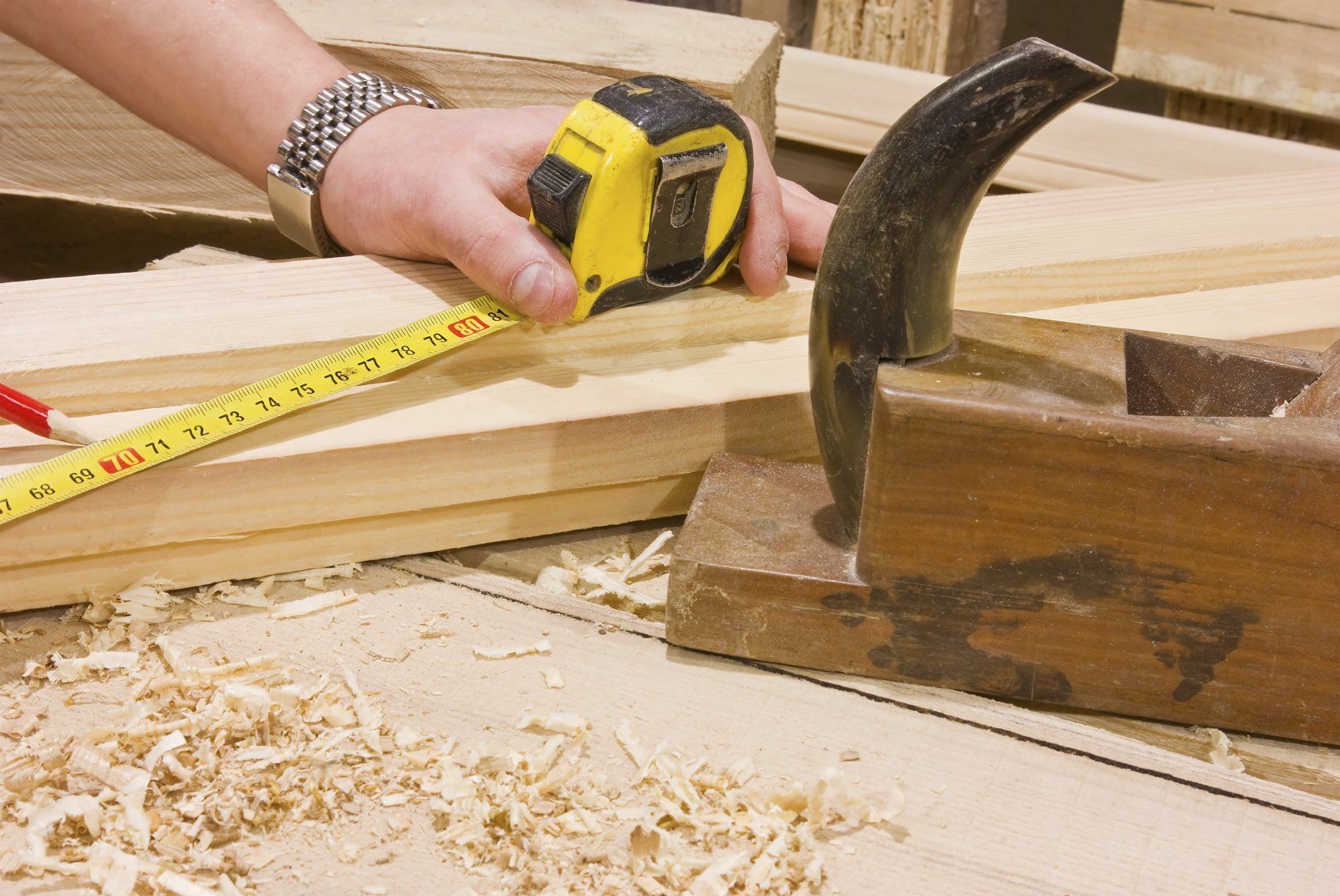
Woodworking involves the use of hand tools, power tools, and wood.
It can be a great way to learn new skills such as understanding various types of wood, learning to use a variety of tools, working with nature, and even making money with woodworking!
To save time and effort, consider buying pre-cut wood kits instead of starting from scratch.
However, it's important to not rush the project and to take it slow and steady.
Be sure to clean up after the project is done. It's also possible to rent equipment from a local hardware store.
Woodworking can be a relaxing hobby or profession. Lifelong learning is an important by-product of the hobby and it's important to gain knowledge and experience before investing in costly tools. Start by making gift items for family and friends to impress them.
With patience and dedication, you'll soon find yourself creating beautiful wooden pieces that will be admired by everyone!
9) It Gives You a Sense of Accomplishment

Woodworking can be incredibly rewarding and is a great way to boost your lifelong learning activities.
It is incredibly satisfying to take something from an idea or plan, create it with your own hands, and have it become something beautiful or useful. You can impress friends and family with the items you make.
Working with wood also allows you to understand various types of wood, work with nature, and learn new skills.
You will be proud of the items you create, and that pride and accomplishment will stay with you forever.
10) It is Fun
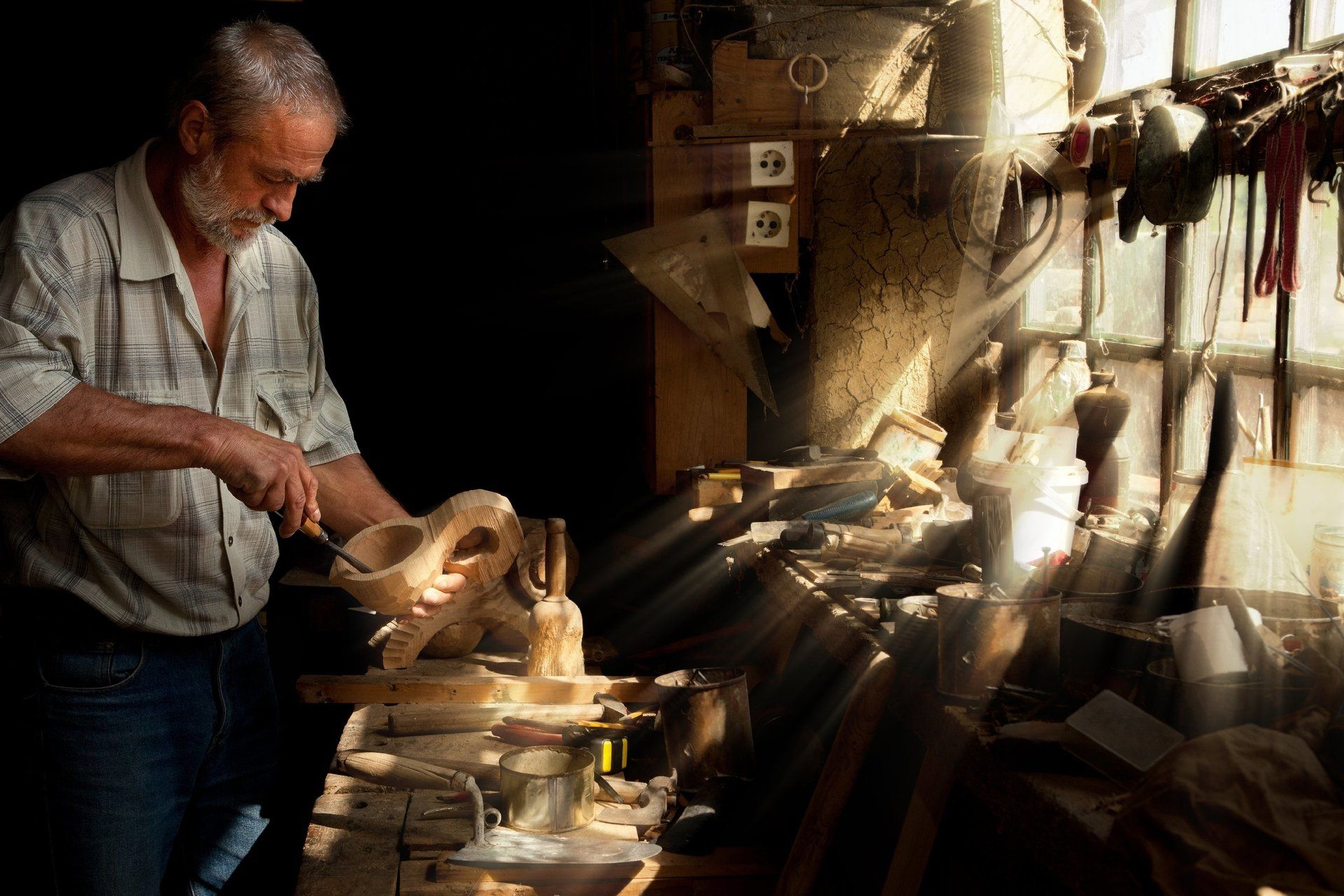
Woodworking is an enjoyable and creative way to spend your time.
Whether you are looking to make money with woodworking or just want to express your artistic side, woodworking can provide hours of fun.
You will get to understand the various types of wood, how they work together, and how you can use them in creative ways. Working with nature to create something beautiful and unique is a great source of satisfaction.
You can also impress friends and family with your woodworking creations.
Plus, woodworking allows for lifelong learning as you develop your skills and find new ways to create beautiful pieces. Woodworking is a hobby that can provide hours of fun and a sense of accomplishment!
The craftsmanship required to produce well-crafted pieces will be sure to turn heads when those around you notice these one-of-a-kind items.
As your skills progress, you'll learn more advanced techniques and can continue developing your craftsmanship as long as you pursue it.
Is The Craft of Woodworking Calling You?
Heed the Call!
If you need a little inspiration and encouragement, take a look at the video to your right: ===>>
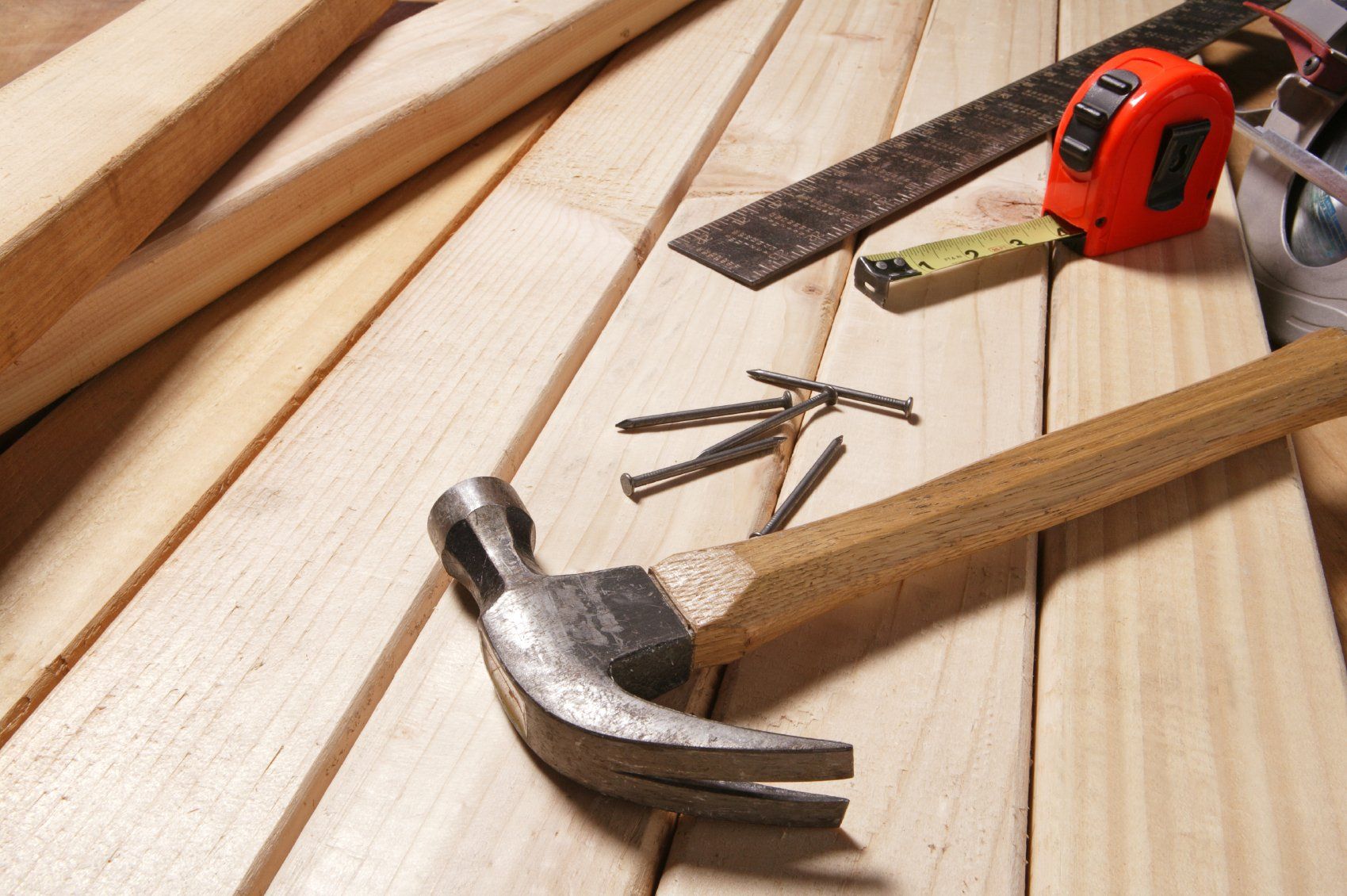
Take a Look at One of Our Woodworking Blog Posts! Click on the link, below!
1. From Sawdust to Masterpieces:
An Overview of Timber and Wood
In this article, we'll explore the various types of timber and wood available, from softwoods to hardwoods, and discuss the different uses for each type.
We'll also look at the differences between engineered wood and traditional lumber, and discuss the advantages and disadvantages of each.
With this knowledge, you'll be well-equipped to select the right type of wood for your next project.
Table of Contents
- Types of Softwood
- Types of Hardwood
- Engineered Wood
- Pressure-treated Wood
- Reclaimed wood
- Plywood
- Timber Grading and Sustainability Certification
- Common Uses of Different Types of Wood
List of Services
-
1. Types of SoftwoodList Item 1
Softwoods are derived from coniferous trees and are widely used in construction, furniture-making, and crafting. They are typically less dense than hardwoods, making them easier to cut and shape. Here are some common types of softwoods:
a. Pine: Pine is a popular softwood that is commonly used for construction and furniture. It is relatively inexpensive and can be easily stained or painted. It is known for its straight grain and knots, which can add character to the wood.
b. Cedar: Cedar is a highly durable softwood that is commonly used for outdoor furniture and decking. It has a natural resistance to insects and decay, which makes it ideal for use in damp environments.
c. Spruce: Spruce is a softwood that is commonly used in construction for framing and sheathing. It is also used for making musical instruments, such as guitars and pianos, due to its tonal qualities.
d. Fir: Fir is a softwood that is commonly used for construction, particularly in the Pacific Northwest region of the United States. It has a straight grain and is resistant to splitting, making it ideal for use in framing and structural applications.
Overall, softwoods are versatile and readily available, making them a popular choice for a wide range of applications. However, it is important to choose the right type of softwood for your project, as each has its own unique characteristics and properties.
-
2. Types of HardwoodList Item 2
Hardwood is a durable and strong type of wood that is used in various applications like furniture, flooring, cabinetry, and construction. Here are some of the popular types of hardwoods used in woodworking.
a. Oak: Oak is one of the most popular hardwoods. It is tough, dense, and durable. Red oak is used for flooring, cabinetry, and furniture while white oak is ideal for boat building, outdoor furniture, and flooring.
b. Maple: Maple is another popular hardwood with a tight, uniform grain that looks great when finished. It's ideal for furniture, cabinetry, flooring, and musical instruments.
c. Cherry: Cherry is known for its beautiful, reddish-brown color that darkens over time. It's a popular hardwood for furniture and cabinetry.
d. Mahogany: Mahogany is a dense, reddish-brown hardwood that is often used for high-end furniture, cabinets, and musical instruments.
e. Walnut: Walnut is a dark, rich hardwood with a beautiful grain pattern. It's used for furniture, cabinetry, and gunstocks.
f. Ash: Ash is a durable hardwood that is often used for flooring, baseball bats, and tool handles.
g. Hickory: Hickory is a dense, hardwood that is used for flooring, furniture, and cabinetry.
h. Teak: Teak is a beautiful hardwood with a golden-brown color and a straight grain. It's ideal for outdoor furniture and boat building.
Choosing the right type of hardwood for your woodworking project can be overwhelming, but it's important to consider factors like durability, grain pattern, and color when making your selection. Each type of hardwood has unique characteristics that make it ideal for different applications, so it's important to do your research before making a purchase.
-
3. Engineered WoodList Item 3
Engineered wood is a type of composite material that is made up of layers of wood that have been glued together. Unlike traditional solid wood, engineered wood is much more stable and less susceptible to warping and splitting.
The process of creating engineered wood involves taking thin layers of wood, typically less than 1/8th of an inch thick, and gluing them together in alternating directions. This creates a strong, stable board that can be used in a variety of applications.
One of the main advantages of engineered wood is its ability to resist moisture. Because the layers of wood are glued together, the board is less likely to expand or contract in humid or damp conditions. This makes it a great choice for flooring, as well as outdoor projects like decks and pergolas.
Engineered wood is also highly versatile, and can be manufactured to mimic the appearance of many different types of wood. This means that you can enjoy the look of hardwood floors or furniture, without the high cost and maintenance requirements.
Common types of engineered wood include particle board, medium-density fiberboard (MDF), and plywood. Each of these materials has its own unique properties and uses, so it's important to choose the right one for your specific project.
Overall, engineered wood is a great choice for anyone looking for a durable, cost-effective, and versatile material for their woodworking projects. Whether you're building a new deck or remodeling your home, this composite material is sure to deliver the performance and aesthetics that you're looking for.
Research and Resources

Woodworkers Guild of America(WWGOA)
Woodworkers Guild of America is an organization which provides woodworking education to budding, as well as experienced, woodworkers. Since 2008 this organization has been providing resources to many people with an interest in woodworking at any level. WWGOA delivers their courses via online videos. These courses are quite reasonably-priced. Learn more
Why not get the satisfaction of building your own backyard shed?
With Ryan's shed plans, you can build your dream shed in a weekend. Choose from a catalogue of 12,000 plans.
Sponsored
A Sampling of Sheds Built from Ryan's Shed Plans
